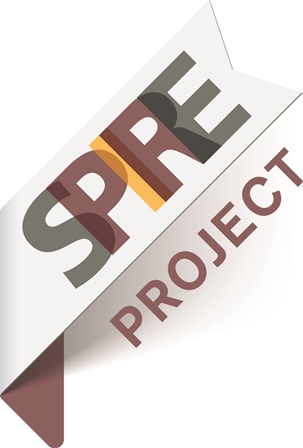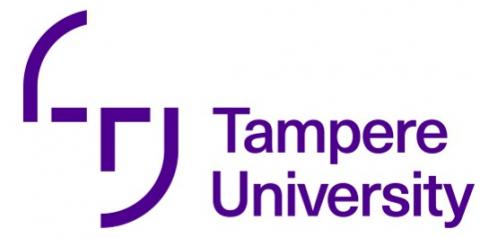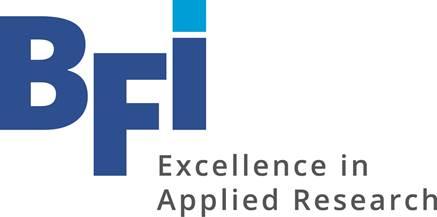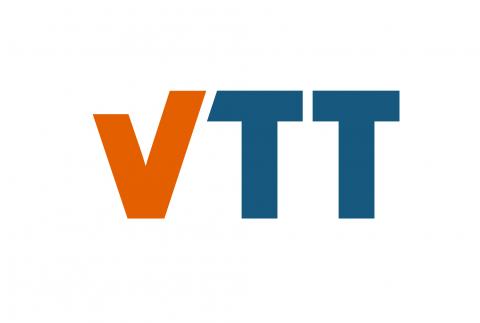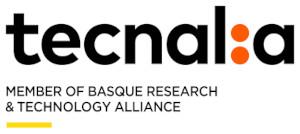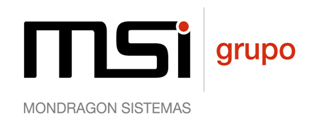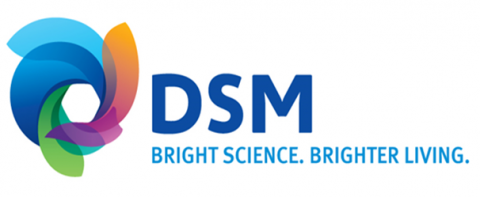Transferring R&D results to other sectors. How can it be done? A COCOP use case
By Peter Craamer from MSI (www.msigrupo.com)
Research & Development is very expensive. Many millions of Euros are invested every year in R&D at European, National and Regional level. Through many programs research centres, universities and companies receive money to invest in resources which produce knowledge to be able to improve products / services so that companies can evolve with the final goal to improve the society we all live in.
So making R&D as profitable, or as efficient, as possible is as important as spending or investing a good amount of money in research activities. One of the key elements of making R&D as profitable as possible is putting some relevant effort in bringing the developed results to the market: the foreseen and the unforeseen market.
It is obvious that the research activities are born having in mind some application area, some customers, some market segments with more or less detail depending on the TRL (Technology Readyness Level) of the developed products. While the tasks related to market contrast and feedback are commonly placed at the end of the project, it is becoming extremely important to start from day one with the market validation, especially where products with higher TRL levels are expected. In the same way that the R&D activities are based on a technological hypothesis and roadmap which has to be reviewed and finetuned during the project execution, the market segments must be validated and reviewed also. Market feedback must be integrated from the early beginning in the development process so that it becomes a more iterative process instead of a linear execution.
This market feedback can be done in several ways:
-
End users from the partners involved in the project have a direct contribution which should not be necessarily expected from the resources from that same organization working in the project.
-
Creating a Special Interest Group that can have access into more detailed information, protected by confidentiality agreements, which combined with their recognized background, could allow them to provide many more steering information than just market feedback.
-
End users from other players in the market. These end users can be approached with only public information on the results (what is done without knowing how it is done), but can provide relevant information on results alignment and usage as well as other “competitor” solutions in the market.
This is a sound approach for the foreseen market, but this can be completed with information of unforeseen markets. This means that within the multiple partial developments that are done in a research project, some can be applied “as such” to other markets and others with some kind of (maybe minor) adaption. This capacity to pivot to other but similar markets is being considered key to improve the profitability of the research projects. An exercise for pivoting has been done in COCOP, and the following methodology based on three phases has been applied (see Figure 1):
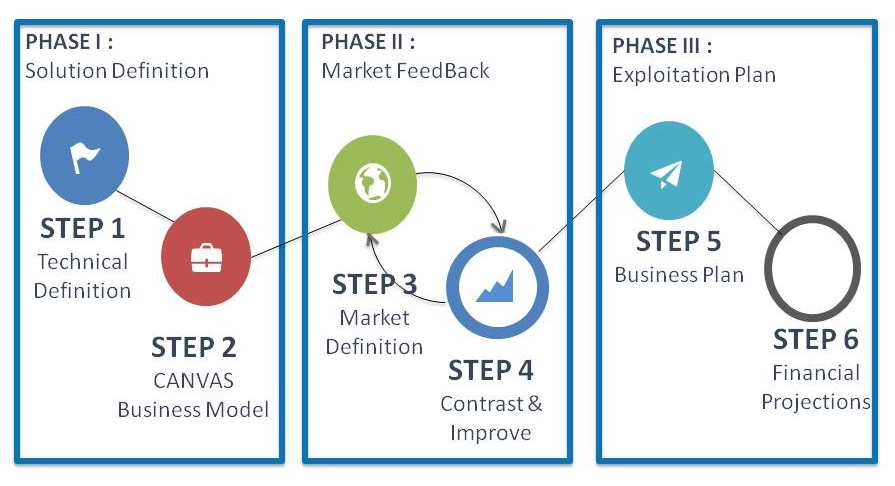
Figure 1. Methodology to support the transfer of R&D results of a project to other sector
-
Phase I: Solution definition, focused on identification of all the available technical solutions in the actual scope of the project and with a first focus on the new market segments. This can be done in a very practical way with a workshop approach inviting people of trust from this market and applying the available methodologies like Canvas Business Model with special attention to the Value Proposition Definition.
-
Phase II: Market feedback, aims at defining a new market segment with the similar pains which can be resolved with the developed solutions. This definition must be validated with a more detailed market study to ensure if this mental scheme is also recognised by players in the market. The market study should be set up in such a way that as a result the Canvas Business Model can be completed in a detailed manner afterwards.
-
Phase III: Exploitation plan, in case there is a technological fit which resolves the identified problems, then must be checked whether there is an economical viability by estimating the implantation costs and the expected incomes.
When executing these three phases, the user is going through a process of abstraction of the technological solution from an existing market segment so it can be applied to another market segment by giving content to those abstract concepts. This process of abstraction & application is not only applicable for the technological part of the solution, but also to the market segment, the customer type, potential partners in the market and business model. Following this concept, in COCOP we have been able to realize a better transfer assessment from a solution designed for copper and steel towards the water treatment and glass production markets.
Follow the discussion in the COCOP Debate Group of Linkedin


